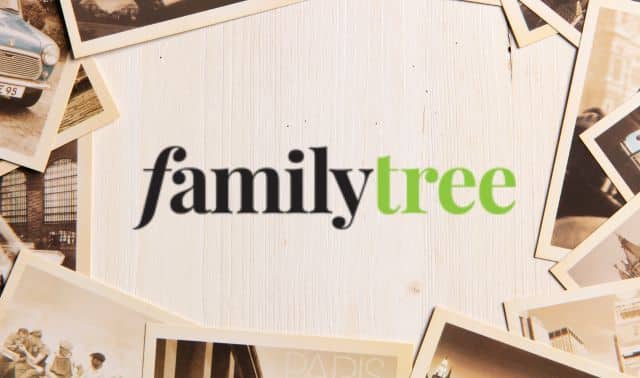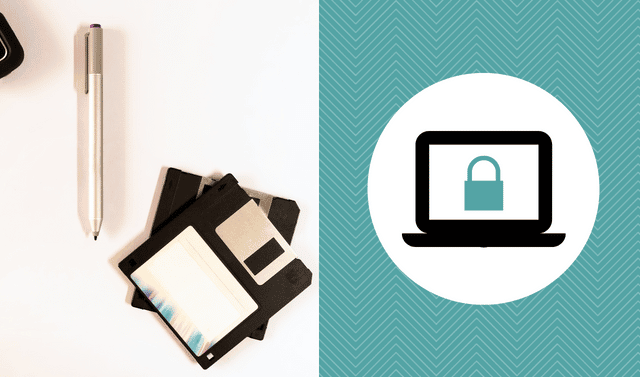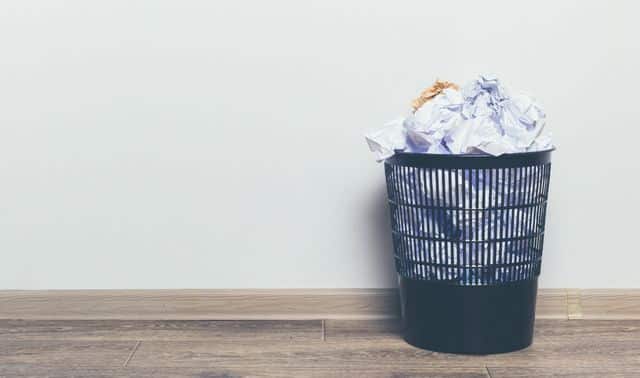
Where are your heirloom documents? What could be hastening their deterioration? All these factors put your documents at risk:
• Cyclic conditions that alternate between hot and humid and cold and dry cause paper’s surface to crack and become brittle. Moisture encourages moid growth. Uninsulated areas, such as attics, garages and basements, are most vulnerable to cyclic conditions.
• Light also damages paper — it prompts chemical changes that can make paper brittle and cause discoloration such as yellowing, fading and darkening. Light fades inks, watercolors and dyes, too.
• Insect and rodent infestations can lead to surface abrasions, worm holes, fly specks and chewed corners. Ingredients in some glues lure critters, as do food crumbs.
• People can do just as much harm as the environment. Touching transfers body oils to the paper, which will leave fingerprints and smudges. Rolling and general mishandling of documents causes creases, bending, crumpling, scratches, scars, tears and stains.
• Photocopiers are an integral part of document preservation, but even they can be destructive. The copying process exposes documents to damaging heat, fumes and bright light.
The culprits can appear innocent: Pencil marks smear, paints crack and flake, water-colors and inks fade. Inks can also bleed and spread to adjacent documents. Acidic inks are corrosive. A rubber band may contain sulfur. Paper itself can contain destructive ingredients such as acids and lignin. Tape stains, distorts and contracts paper; creates sticking problems; and lifts off the paper’s surface. Lamination involves chemical adhesives and vinyl materials that can harm paper. Garages often house fumes from cars, paints and varnishes that are harmful to your documents.
Launching a rescue mission
Paper’s enemies are everywhere — but you can help your keepsakes escape. If you have documents in an old basement, attic or garage, begin a rescue mission right now. Keep these tips in mind when handling your paper treasures:
• Unfold strong, flexible documents, and gently smooth creases with gloved hands, or by placing the item under a polyester sheet for protection.
• Don’t force open a roiled document. Even strong paper may crease, crack and tear if forced to lie flat. Unrolling a document usually requires some humidity. This process is better left to a conservator.
• Never back-fold creases. Back-folding weakens the paper.
• Don’t flatten paper that is brittle, stiff or badly torn; leave the job to a conservator.
• Discourage stains and infestation by refraining from drinking, eating or smoking any time you’re handling documents.
• Handle documents sparingly with gloved or clean hands to reduce the risk of tearing, creasing and damage from body oils.
• Create a master copy. Photocopy the original once onto acid-free, lignin-free paper, or scan it. Light damage is accumulative, so you want to control exposure to light as much as possible. Use the copy for display purposes — or to make duplicates — and leave the original in safe storage.
• Remove paper documents from old magnetic photo album pages. Do this by gently lifting a corner of the document to test how securely the document is glued. If it doesn’t lift easily, you’ll have to dissolve or melt the glue. Un-du adhesive remover (888-289-8638, <www.un-du.com>) can help with this, and it doesn’t stain or leave a residue. It’s also ideal for removing documents glued to old paper pages.
• Preserve each document by encapsulating it between two sheets of archival (PVC-free) plastic: polyester, polyethylene, polypropylene or Mylar.
But don’t take any action unless you’re sure it’s preservation-friendly — you might do more harm than good. For example, cleaning and repairing documents can actually cause new damage. And you shouldn’t apply water or liquid to paper, warns Kathryn Clark, owner of Twinrocker Handmade Paper in Brookston, Ind. <twinrocker.com>. “Din will migrate with the water,” she says, “causing tide lines and other discoloration.” The document-cleaning powder and pads sold by archival suppliers are a safer bet to clean soiled documents — the powder absorbs stains without the risk of dirt migrating through water. Still, the safest approach is to leave the repairs and cleaning to a professional conservator.
Guarding your territory
So what do preservation professionals recommend? “You should always treat all documents by deacidifying them before encapsulating them,” advises David L. Mishkin, president of Just Black & White. “Acids will accelerate the yellowing of papers and make them more brittle.” Many papers contain acids and lignin, a substance found in plant cells that also weakens paper. Clark agrees it’s important to remove these destructive ingredients. “Magnesium oxide is quite good,” she says. Archival supply companies carry paper-deacidification products that can be applied by spraying, dipping or brushing techniques.
One such product is Archival Mist, a water-free spray that neutralizes acids in paper. It’s made by Preservation Technologies, a company involved in preservation efforts at the Library of Congress. “Archival Mist can help fight relative humidity and temperature damage in addition to removing harmful acids,” says Robert Strauss, Preservation Technologies’ vice-president of marketing. The spray contains magnesium oxide, which acts as an alkaline buffer.
When your documents are free of acid and other harmful substances, you’re ready to encapsulate using the process Mishkin outlines on the previous pages.
Joining the rank and file
If you want to preserve certificates, news clippings and letters in a scrapbook, use archival-safe page protectors, adhesives and paper. And take these steps to ensure their safety:
• Avoid crushing corners — place documents inside archival plastic sleeves and make sure the album is large enough to comfortably accommodate them.
• Support fragile documents with heavy acid-free, lignin-free cardstock.
• Create a special album just for storing original documents, and put it away in a cool, dark place.
• Copy the originals onto acid-free, lignin-free paper and use the duplicates in scrapbooks.
Now that you know the facts, get busy. Remove your documents from harmful environments, eliminate problems and take action to protect your heritage. The future is counting on you.




